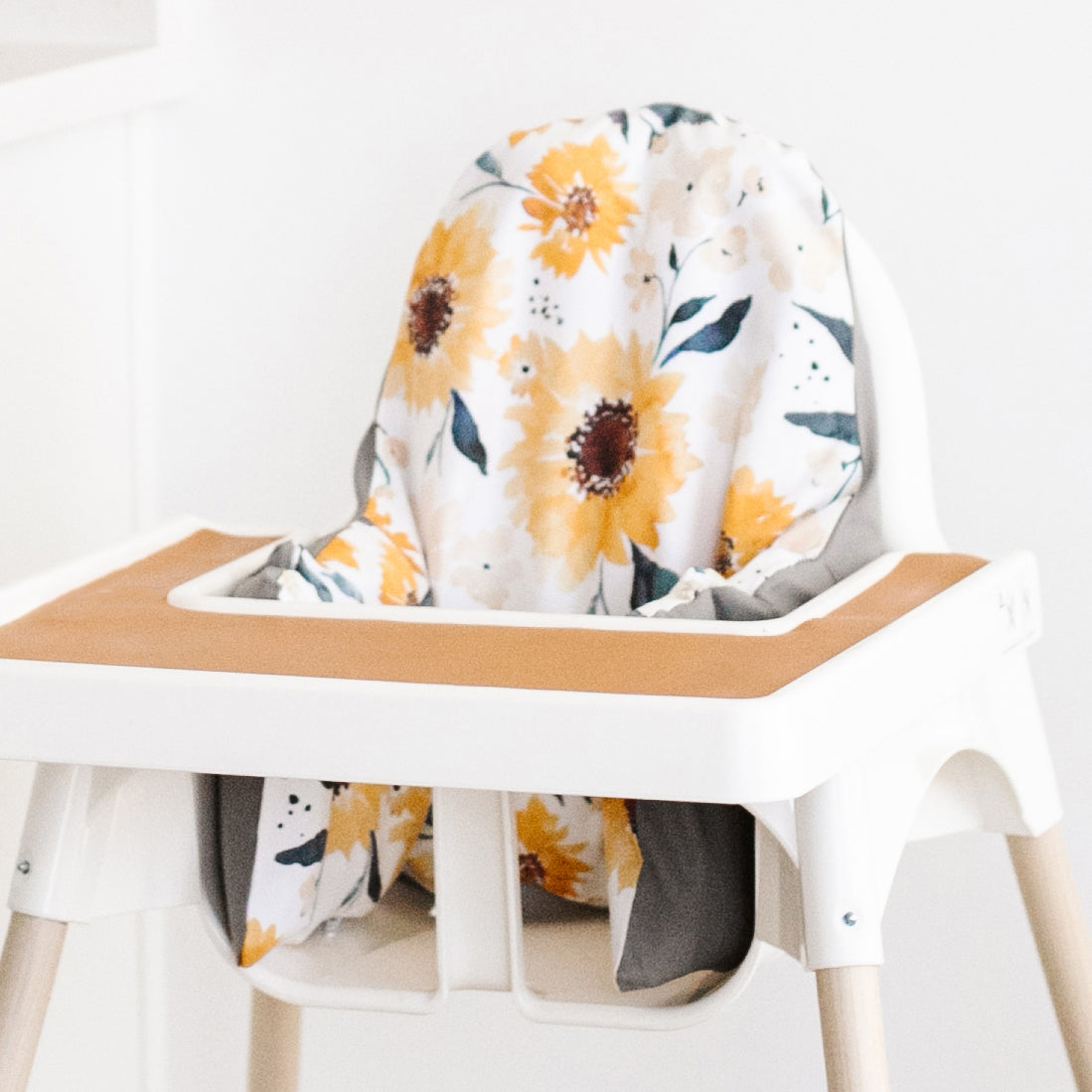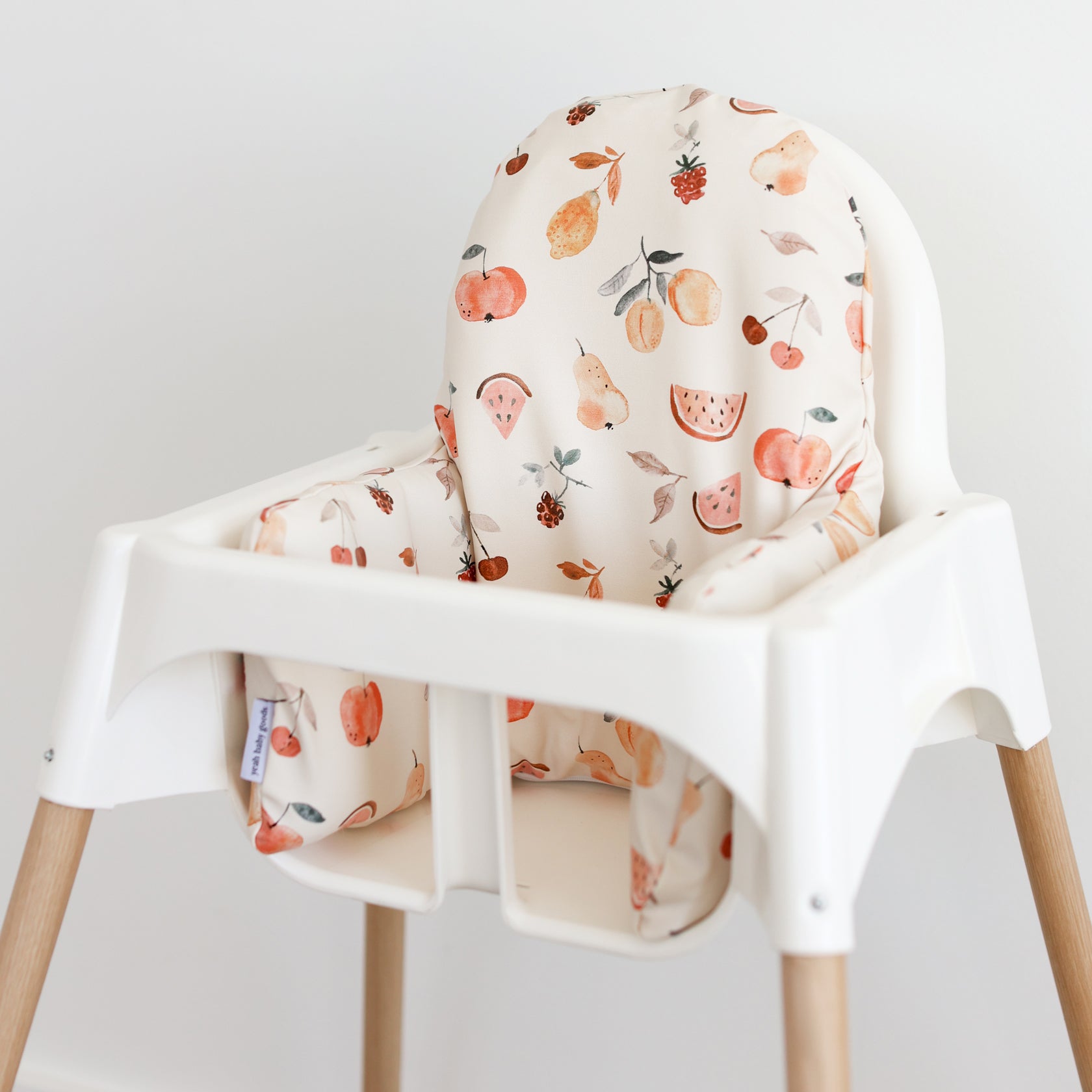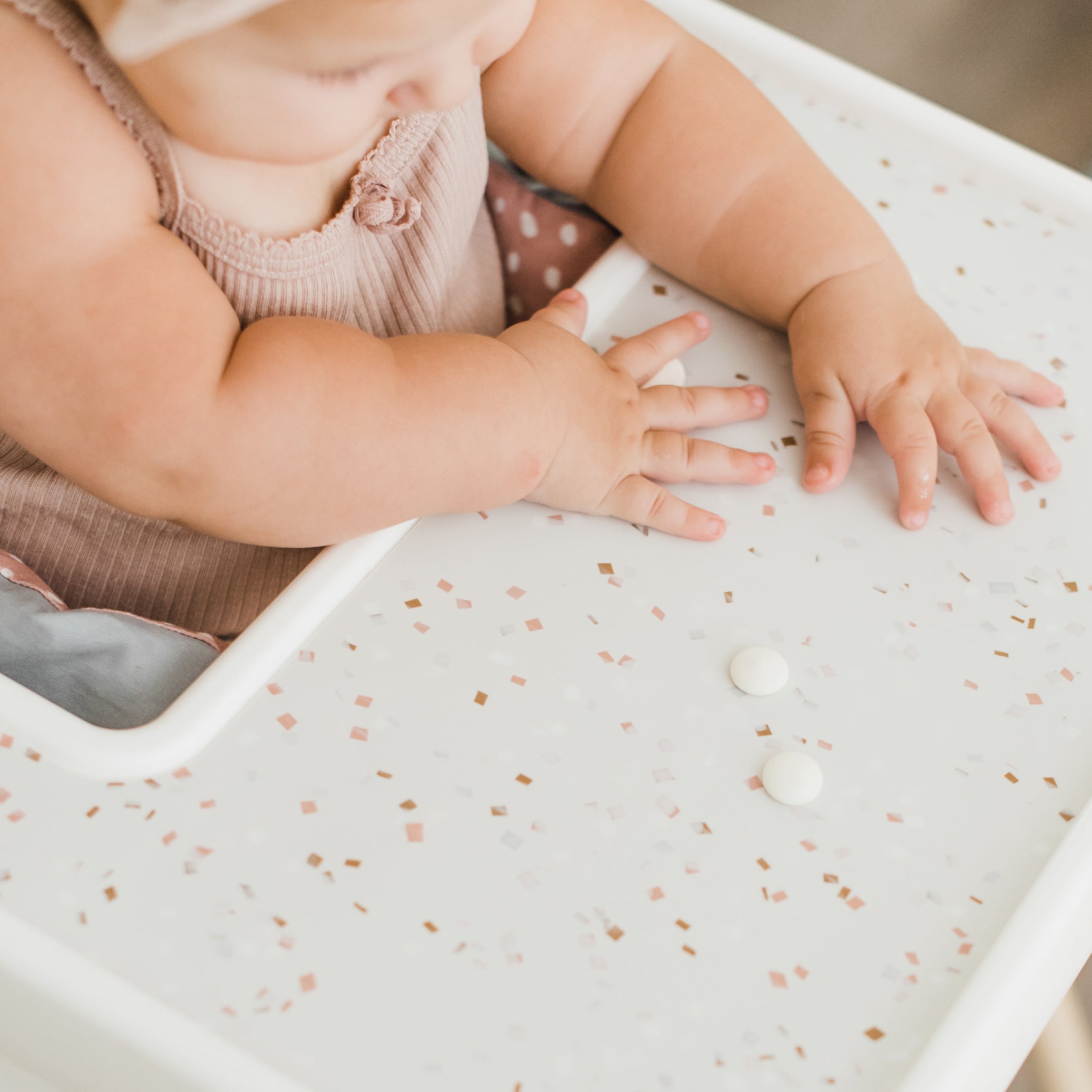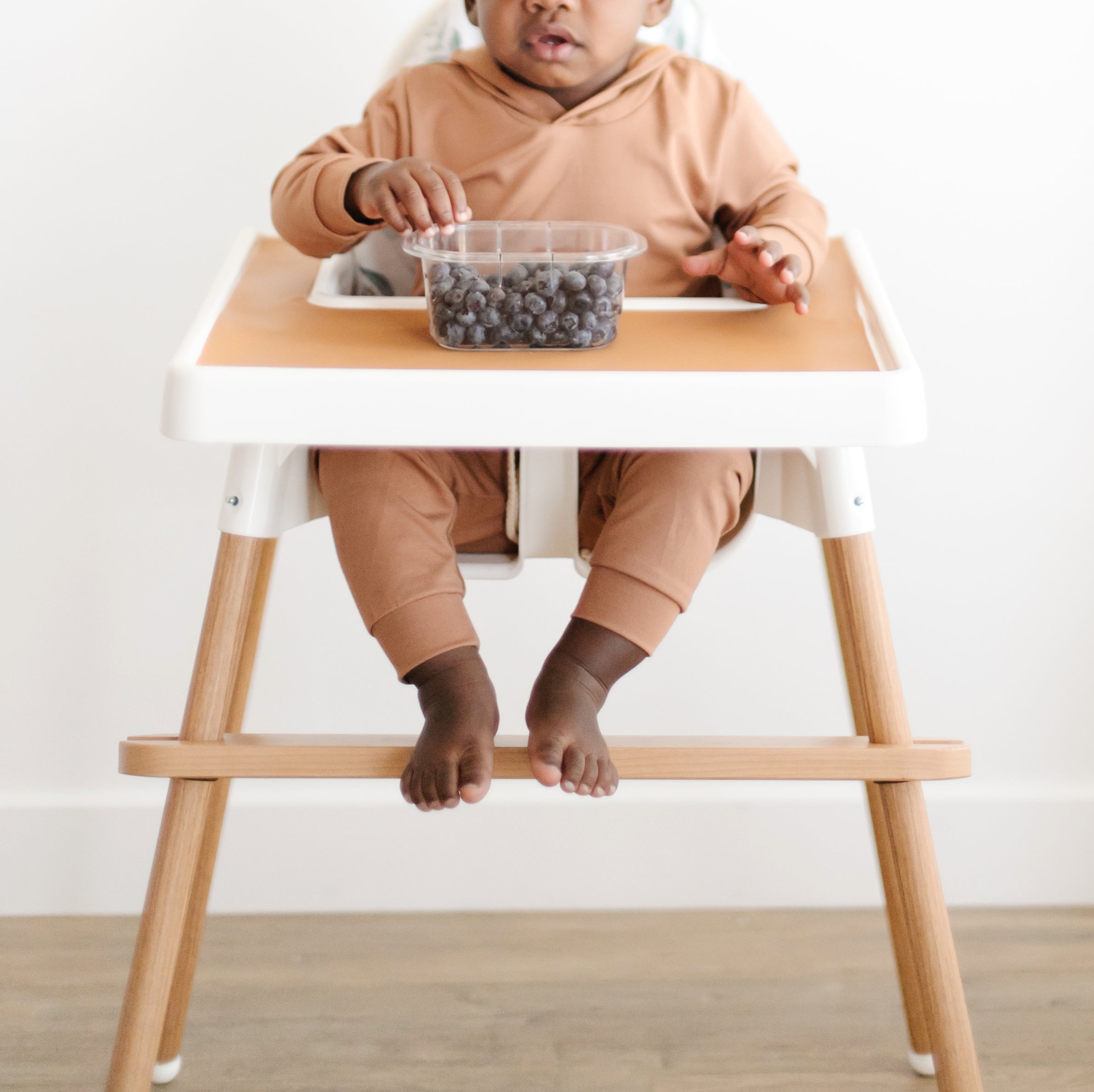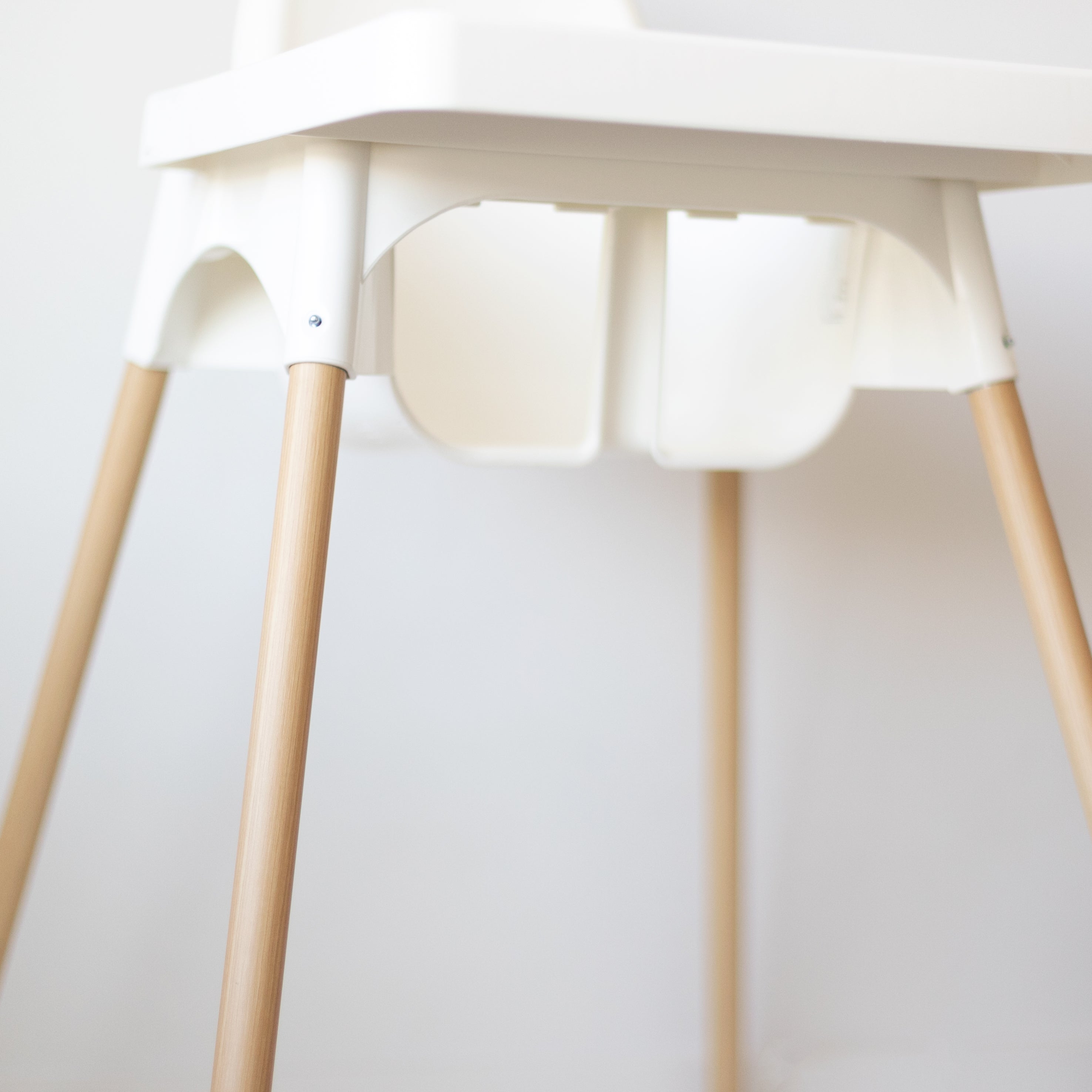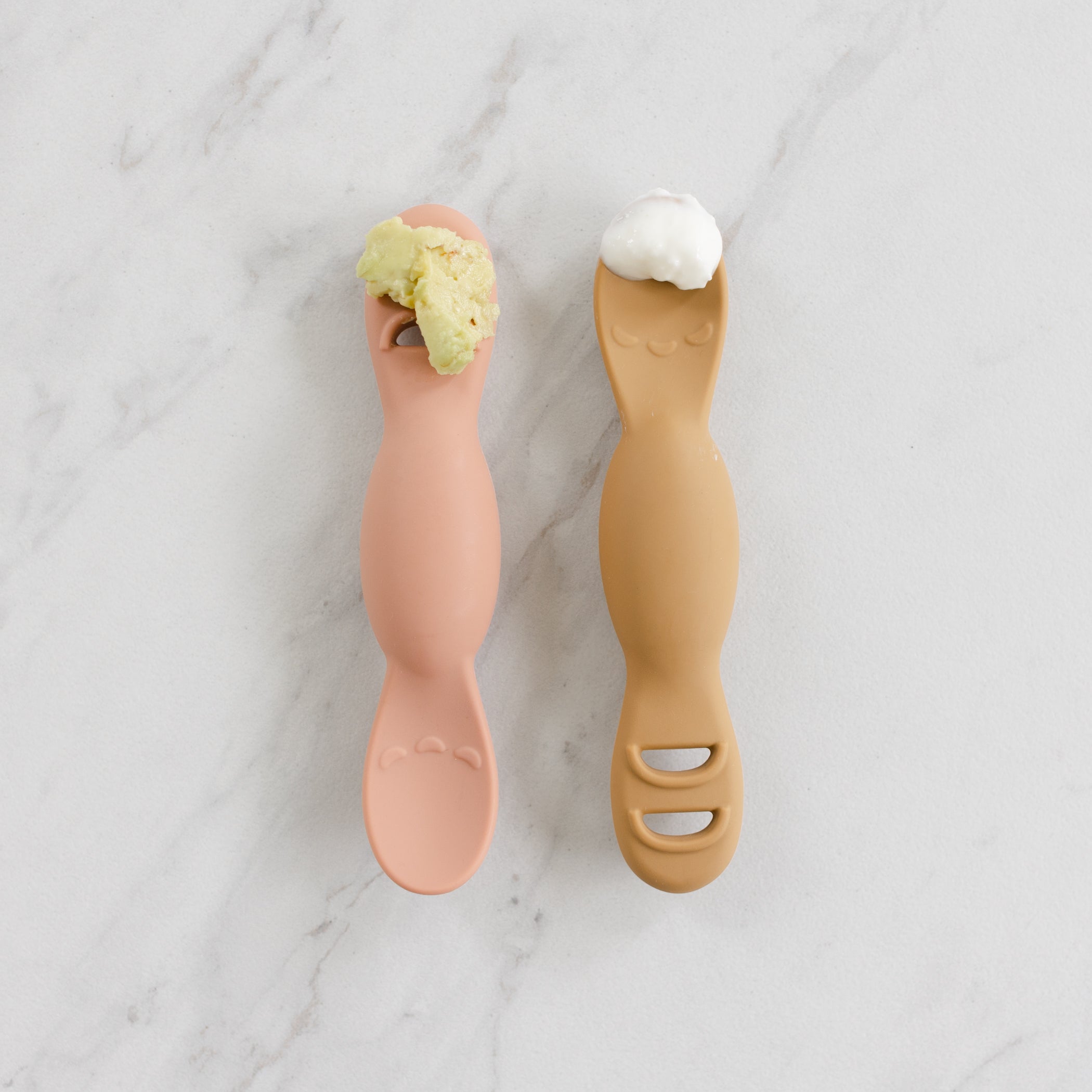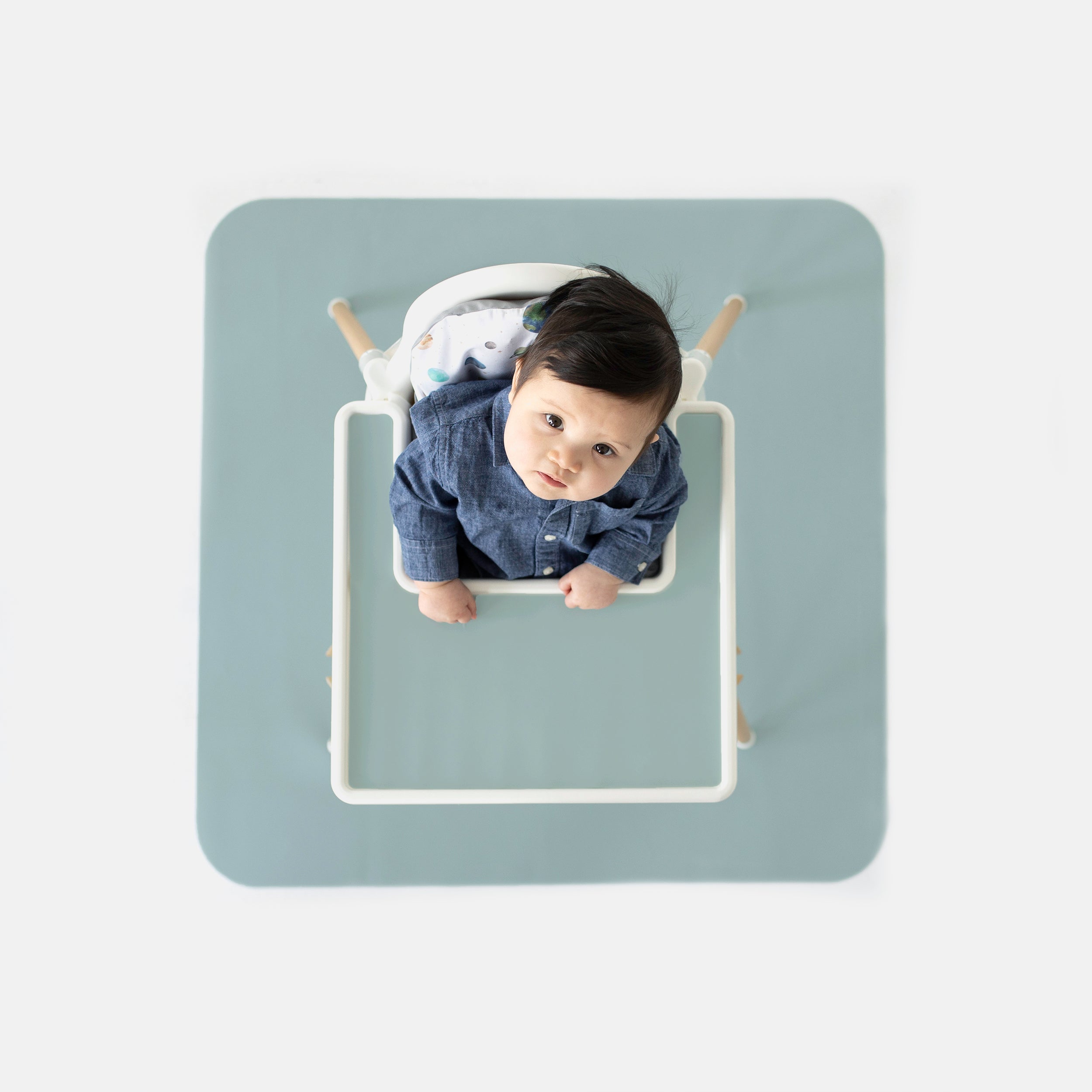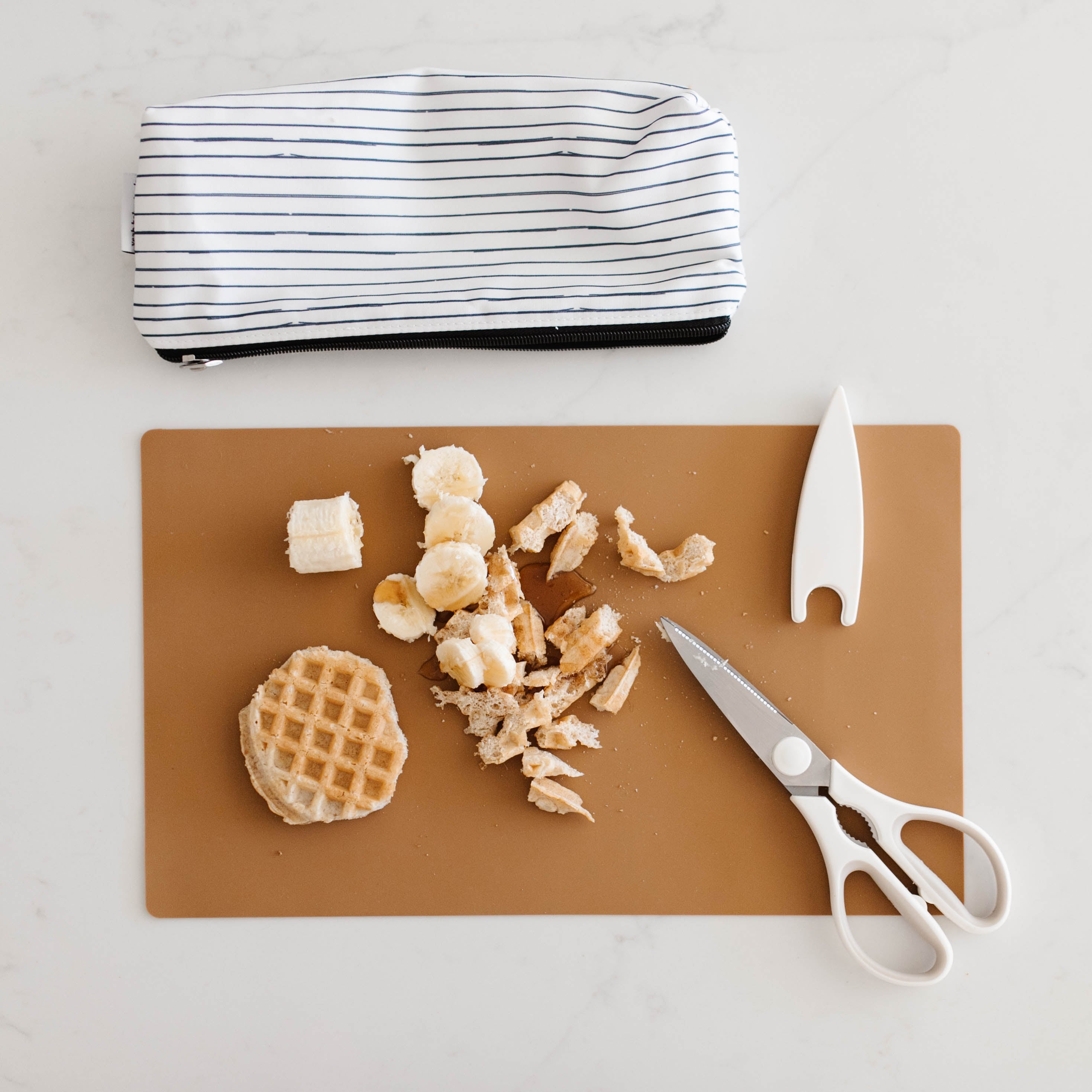Feeding Beyond the Breast or Bottle

Continuing Breastfeeding or Formula Feeding as Your Baby Starts Solids
Hey there Mama! Is your little one ready to start eating at the table? The journey of parenthood is a dynamic and ever-evolving adventure, especially when it comes to nourishing your little one. As your baby reaches the milestone of starting solid foods, you may find yourself at a crossroads wondering how to continue with breastfeeding or formula feeding while introducing solid foods. The good news is that it is a lot simpler than you may think! Keep reading to find out how to ensure your baby is getting optimal nutrition while also exploring new flavors and textures with solid foods!
Gradual Introduction of Solid Foods:
When introducing solids to your baby you have so many options. Some parents choose to start with single-ingredient purees, some parents choose to strictly use Baby Led Weaning and some parents use a combination. No matter how you choose to introduce solids, remember solid foods are meant to complement breast milk or formula, not replace it initially. The important thing to remember when initially introducing solids is to keep their feeding schedule the same, add in solids as a complement to their diet. As your baby grows and passes their first birthday, they will gradually phase milk feeds into solid food meals instead. For babies 1 year and younger, continue breastfeeding or formula feeding as usual and offer solids after a milk feed when your baby is content and open to exploring new tastes and textures. This is a learning experience for you and your little one so take it slow and have some fun!
Maintain a Consistent Feeding Schedule:
Consistency is key during the transition phase. Stick to a reliable feeding schedule that includes breastfeeding or formula feeding, supplemented with solid foods as appropriate for your baby's age and development. This helps your baby establish a routine and ensures they receive the necessary nutrients from breast milk or formula. In general, you will want to offer solids about an hour after their normal breast or bottle feed. This will allow some time for their milk to digest without being overly hungry when trying to feed. A sample schedule for an 8-month-old baby could look as follows:
7:00 AM: Wake Up and Breastfeed/Bottle Feed
- Start the day with their regular feeding session to ensure your baby gets a good start and is well-hydrated.
8:00 AM: Breakfast with Solids
- Offer a nutritious breakfast with a combination of iron-rich foods, a protein source, pureed fruits, or soft-cooked vegetables.
9:00 AM: Playtime
- Engage your baby in playtime activities, allowing them to explore and develop their motor skills.
10:00 AM: Morning Nap
- Most 8-month-olds take two naps a day. Allow your baby to take a morning nap to ensure they get enough rest.
11:30 AM: Breastfeed/Bottle Feed
- After waking up from the morning nap, feed your baby as they normally would to meet their nutritional needs.
12:30 PM: Lunch with Solids
- Introduce a variety of foods for lunch, including mashed or pureed proteins like chicken or lentils, along with soft vegetables and fruits.
1:30 PM: Playtime and Exploration
- Stimulate your baby's senses with interactive play, reading, and sensory activities.
3:00 PM: Afternoon Nap
- Provide your baby with another nap to support their overall sleep needs.
4:30 PM: Breastfeed/Bottle Feed
- This feeding session will eventually become an afternoon snack as your baby weans from the bottle or breast but ensures they are not too hungry before dinner.
6:00 PM: Dinner with Solids
- Offer a well-balanced dinner, including a mix of grains, proteins, and vegetables. This meal should be lighter than lunch but still nutritious.
7:00 PM: Wind Down for Bedtime
- Begin the bedtime routine with a calming bath, followed by quiet activities such as reading or singing to create a soothing atmosphere.
8:00 PM: Breastfeed/Bottle Feed and Bedtime
- End the day with a final feeding session, providing comfort and nutrition before bedtime.
8:30 PM: Bedtime
- Put your baby to sleep in a quiet, darkened room to promote a restful night's sleep.
Night Feedings:
- Your baby may still wake up for night feedings. Be responsive to their needs and offer feedings as necessary.
Remember that this schedule is a general guideline, and you should adapt it based on your baby's cues and preferences. As your baby continues to grow, their needs and routines may change, so stay flexible and attuned to your baby's signals.
How Do I know My Baby Is Ready for Solids?
Every baby is unique, and the readiness to start solids may vary. Look for signs that your baby is ready to experiment with solid foods, such as sitting up without support, showing interest in what you're eating, and displaying good head control. It's important to introduce solids when your baby is developmentally ready, typically around 6 months of age but some babies may need more time before they are ready. Having the foundational skills necessary to start solids is crucial to their overall success as independent eaters. If you are unsure if your baby is ready to start solids check out this blog post on Readiness Signs for Solids.
Adjusting Milk Feedings:
As your baby gradually incorporates solid foods into their diet, you may notice subtle changes in their milk consumption. Be responsive to your baby's cues and adjust the timing and volume of breast milk or formula accordingly. Most babies will naturally decrease their milk intake over time as they consume more and more solid foods. This is especially true for older babies. If you are exclusively breastfeeding it may be hard to notice if your baby is decreasing their milk intake. However you may notice your baby nursing less often or for less time. You may also notice your baby consuming more and more solid foods. These are all signs that your baby is naturally weaning themselves from the breast to solid foods. There is no reason to wean from the breast until you and your baby are ready but you will likely notice a change in their nursing habits as they grow. Trust your instincts and let your baby guide you. Remember for babies under a year, solids are a complement to their breast or formula.
Be Flexible and Patient:
Flexibility and patience are virtues during this period of transition. Some babies may take to solids immediately, while others might need more time to adjust. Be open to experimenting with different foods, textures, and feeding methods to find what works best for your baby. Ensure your baby is getting adequate nutrition by offering their milk feeding first, followed by solids. Again, this is a learning experience for both of you. It should be fun and exciting. If you find your baby frustrated at the table or consistently disinterested in food it may be time to adjust their schedule.
The transition to solid foods is an exciting time for both you and your baby. By continuing breastfeeding or formula feeding alongside introducing solids, you can provide a well-rounded and nourishing diet that supports your baby's growth and development. Remember, every baby is unique, so trust your instincts, stay flexible, and savor the precious moments of this special journey.
If you are starting solids and overwhelmed by all the choices in gear, Yeah Baby Goods has you covered. Discover the joy of this milestone with Yeah Baby Goods' starting solids gear! Their thoughtfully curated collection, now complete with plates and utensils, ensures a seamless transition to solid foods for your little one. From silicone bibsto ergonomic baby utensils, they’ve got you covered. Make mealtime a breeze and create cherished moments with their high-quality, safe, and stylish products. Because starting solids should be as exciting for you as it is for your baby!
If you find yourself nervous and anxious at the idea of feeding your baby solid foods, consider a Beyond the Breast & Bottle Workshop. In this workshop, you will learn everything you need to know to set you and your baby up for success including:
- Signs of readiness
- Gear you need for starting
- Baby-led weaning (BLW) vs. purees vs. a combination of the two Responsive feeding
- How to introduce allergens and recognize an allergy
- How do you incorporate additional types of milk?
If the thought of choking is holding you back from starting solids or moving from purees, pair a Beyond the Breast & Bottle Workshop with a CPR & Choking Workshop. You will learn the difference between gagging and choking as well as how to respond to both effectively. This is a fun and exciting time and with a little education and support, I know you will love this new milestone along with your little one.
The Mama Coach is a private practice registered nurse and mom of two, on a mission to provide education and support to parents in every stage of their parenting journey. Using evidenced-based solutions and parent-to-parent empathy, these workshops were designed with a nurse's mind and a mama's heart. If you are interested in learning more, head to chelsea-mcmann.themamacoach.comfor a full listing of services and workshops.








